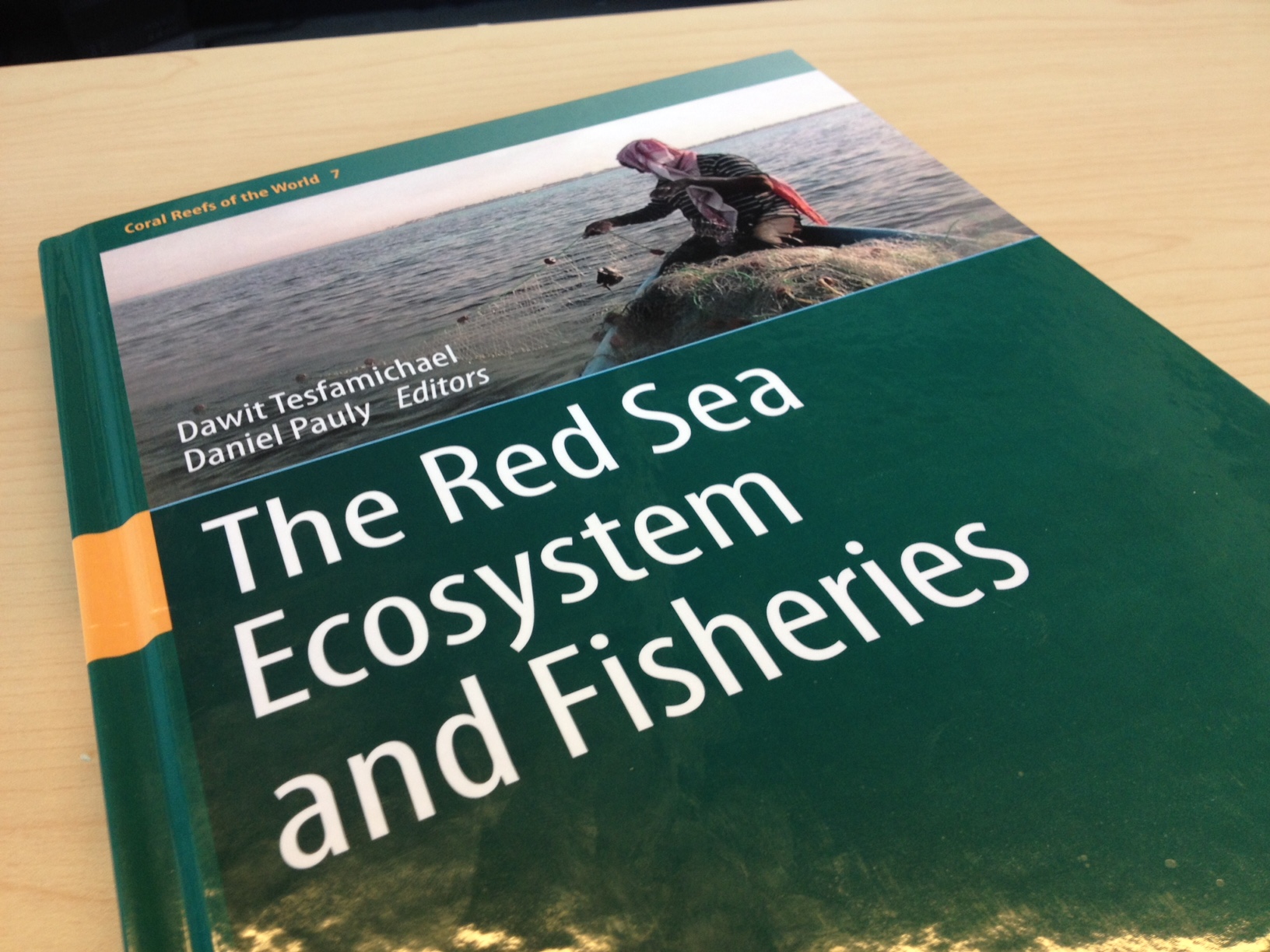
Photo Credit: anselmziegler. Via Flickr.
A line of water carved between the continents of Africa and Asia, the Red Sea has long been a hub of human activity, providing a route of commerce and source of fish for civilizations across millennia.
In a recent book by Dawit Tesfamichael and Daniel Pauly, The Red Sea Ecosystem and Fisheries, the authors elucidate the history of fishing in the region. They examine fishing trends along all sectors, from small-scale to commercial fishing, and complete a detailed catch reconstruction of the region from 1950-2010.
Their sources included historical documents, published and unpublished reports, grey literature, databases, field surveys, interviews, and information on processed seafood products.
The authors found that before 1960 Red Sea catch was low; it peaked in 1993; and ever since it has been declining. Overall, it was 1.5 times higher than the catch officially submitted to FAO by the countries bordering the Red Sea.
As described in the book’s introduction: “The resulting catch trends provide crucial historical records and important guidance for the development of future fisheries management policies, aiming at resource conservation and sustaining the livelihoods of the coastal communities.”
The entire book can be purchased here.


